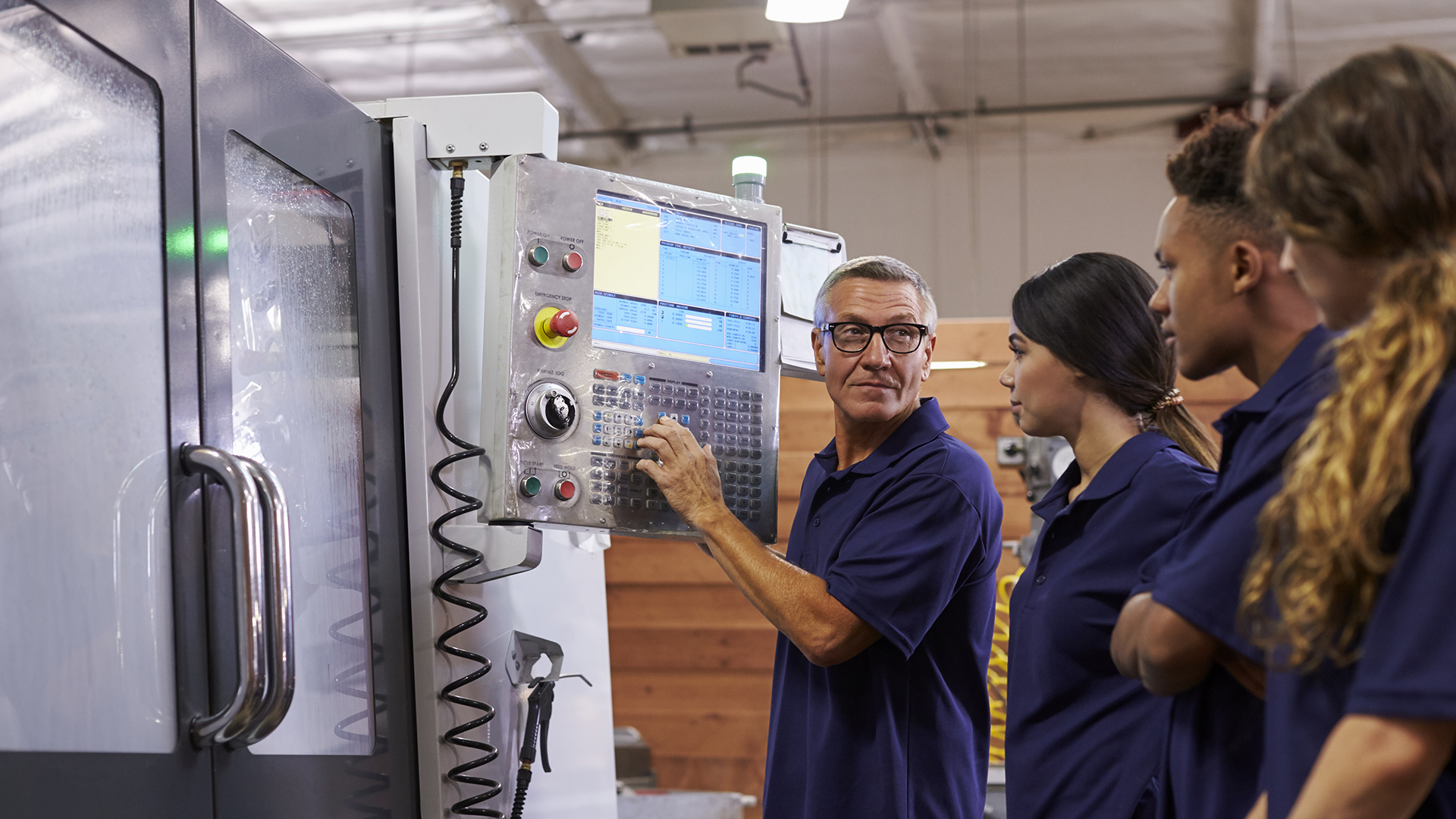Additive manufacturing, otherwise known as 3D printing, is a critical component of manufacturing competitiveness regionally, nationally, and globally. Additionally, as seen most recently with the COVID-19 pandemic, additive manufacturing can be a critical component of the supply chain for many industries and customers.
For these reasons and more, many companies have invested heavily in additive manufacturing equipment and infrastructure, without necessarily knowing how to leverage the benefits or having the necessary internal skill set.
While new engineering graduates likely have some experience with 3D printing, many working engineers do not. As a result, there is a shortage of degreed engineers with appropriate additive manufacturing experience representing a threat to manufacturing competitiveness and supply chains.
For example, according to Jimmie Beacham, chief additive engineering leader for GE Healthcare, “99% of the company’s engineers did not study additive manufacturing in college and most engineers’ perception of it was developed from exploring simple rapid prototyped plastic parts.” (Giordano 2019, MSS2-MSS9) Additionally, Aaron Howard, Sales Engineering Manager at Voxeljet in Canton, Michigan, reports that his engineering staff spends a significant amount of time teaching their customers about design for additive manufacturing, 3D printing materials, and the advantage of additive for their respective companies. He also reports that many engineers and companies think they are missing something by not integrating additive manufacturing, but don’t know how to take advantage of it.
To investigate this need further, I recently conducted a survey to identify the additive manufacturing training needs of engineers in Michigan.
Research Results
The online survey was sent to additive manufacturing professionals and members of the Society of Manufacturing Engineers across Michigan. There were 47 total responses collected. Below are a sample of the results.
Respondent Background
Additive Manufacturing Training Results
Additive Manufacturing training delivery method, schedule, and certification
Analysis
Regarding specific training topics required, the top 3 training topics based on training time required are:
- Design for additive manufacturing – 3.1 days
- Additive manufacturing materials – 2.2 days
- Additive manufacturing quality – 2.2 days
The training topics requiring the least amount of time are:
- Additive manufacturing safety – 1 day
- stl file repair and manipulation – 1.2 days
The data suggests building training modules for each topic whereby companies could select which modules they want delivered. Each module would be in-person, on-site, and during the workday. The training modules may need to be adjusted to match each companies’ specific needs. The interest in receiving professional certification from Society of Manufacturing Engineers or Stratasys was not very important.
The largest challenge will be delivering the hands-on component of training. That was clearly important according to the respondents. What does hands-on mean, what is the benefit, and, how to deliver it? The answers are most likely company specific.
Next Steps
Based on the survey results, the next step for EMU is to develop curriculum for the high demand training topics, work with the School of Engineering’s AM Industrial Advisory Committee to refine the curriculum, and then partner with a company to pilot it. After refining and validating the curriculum, delivery can be scaled up to meet the broader AM training demand in Michigan.
Acknowledgement
The research project was funded though the Brickley Award from Eastern Michigan University.
References
1. Giordano, G. “Medical Drivers”. Manufacturing Engineering: MSS2-MSS9, July 2019.
Phil Rufe has been a faculty member at Eastern Michigan University since 1990. He holds degrees in education, manufacturing, and mechanical engineering and is a Certified Manufacturing Engineer and Registered U.S. Patent Agent. Phil also completed the Massachusetts Institute of Technology course “Additive Manufacturing for Innovative Design and Production”. Currently he teaches in the Product Design Engineering Technology program and manages the 3D printing lab in the School of Engineering. Additionally he is a member of Stratasys’s Additive Manufacturing Education Customer Advisory Board and serves as a reviewer for the Ann Arbor LDFA (Local Development Finance Authority - “SmartZone”) Business Accelerator Grant program. He is also the editor and coauthor of the Fundamentals of Manufacturing, ed. and author of the Fundamentals of Manufacturing Workbook. While working at EMU he has received awarded $400,000 in external grant funding. Additionally, Phil was the School of Engineering Interim Director in 2017 and a from 2020 to 2022.




